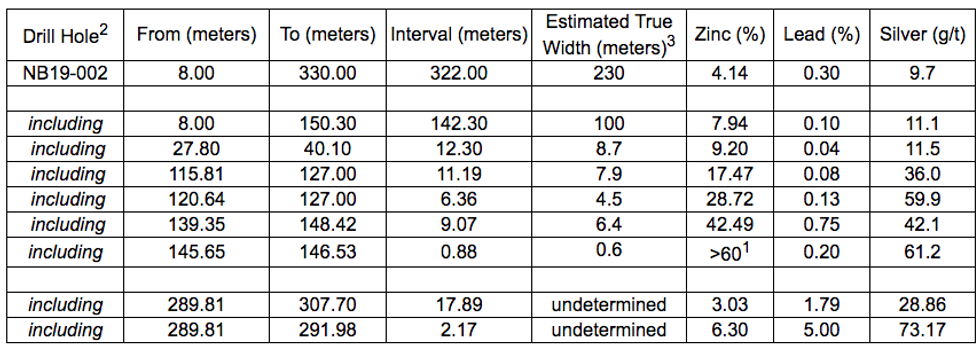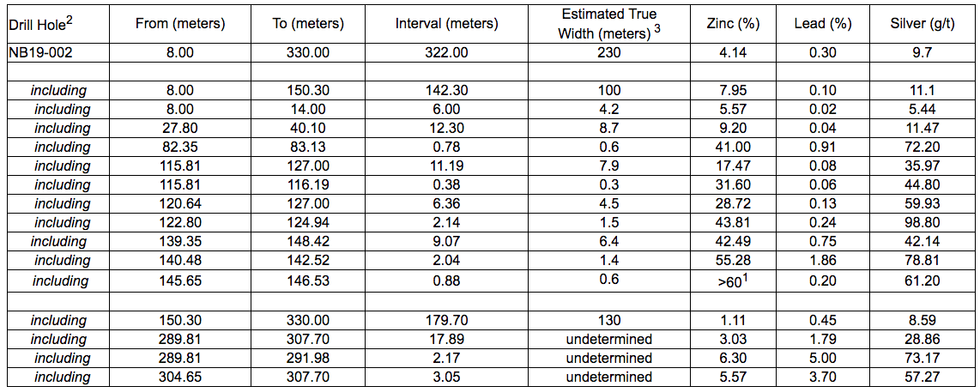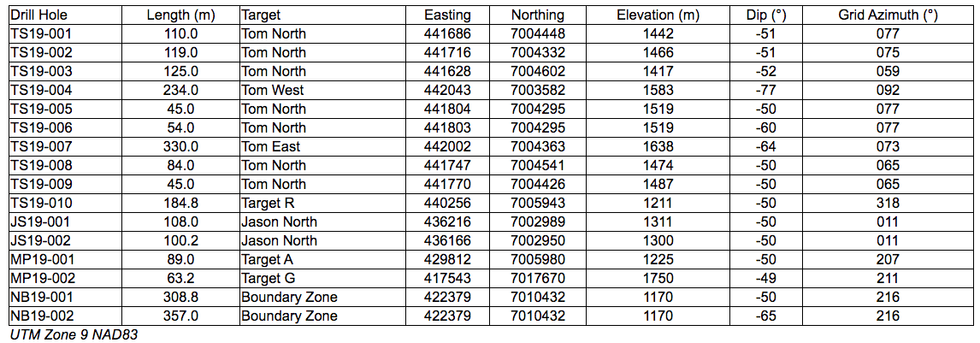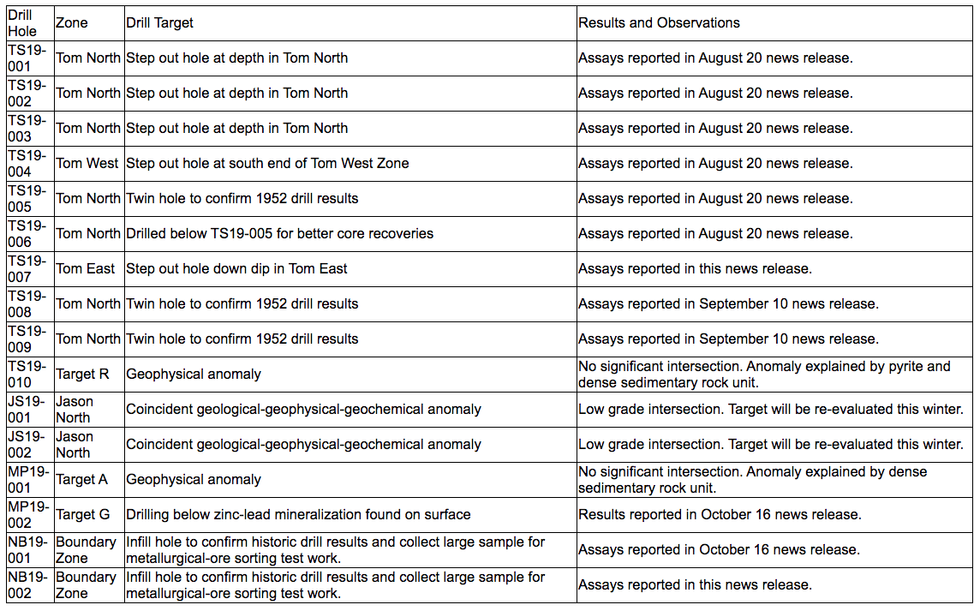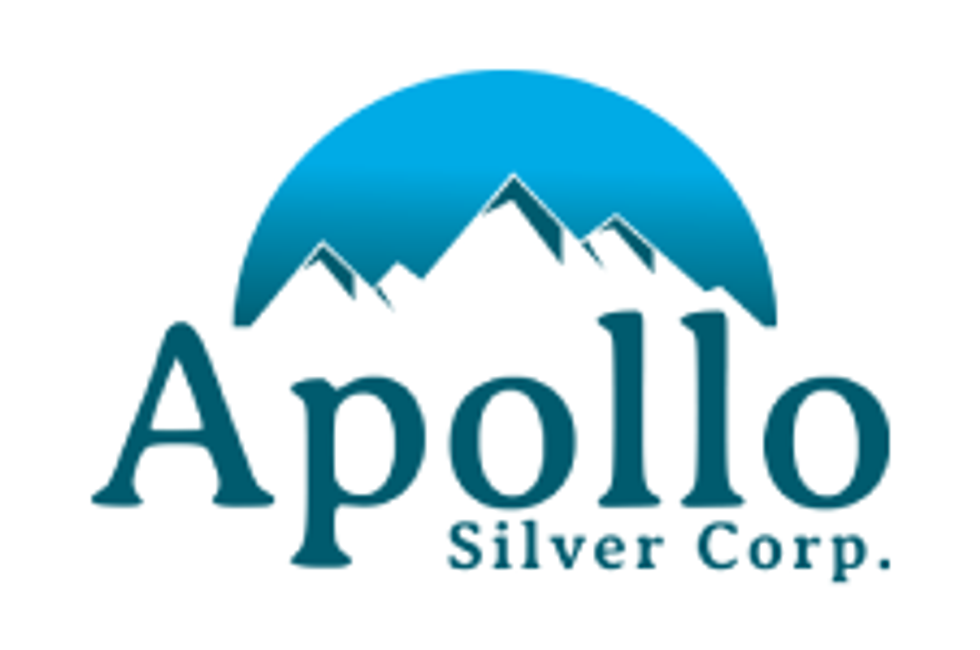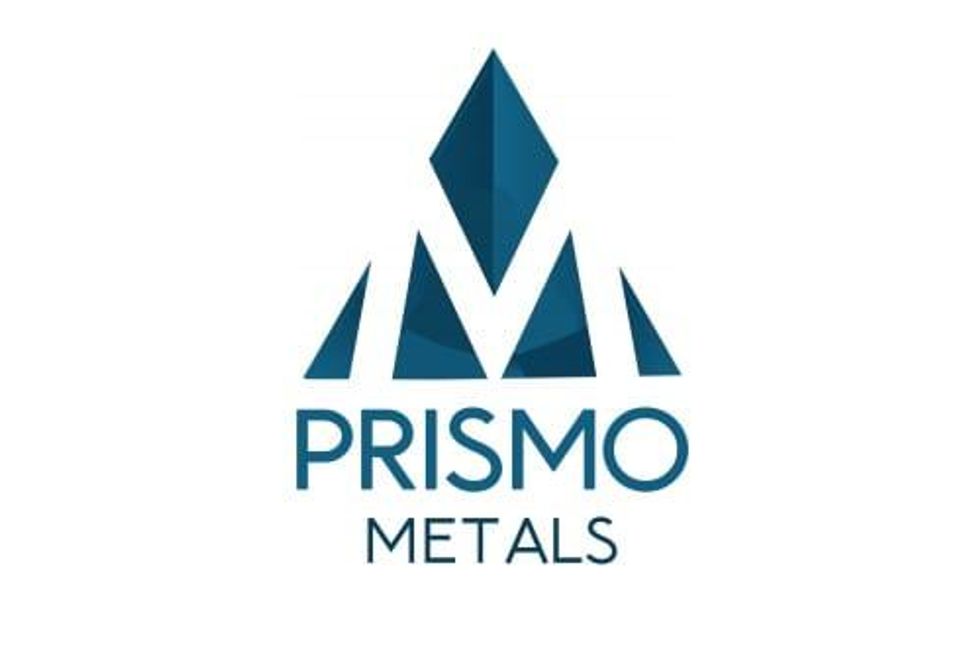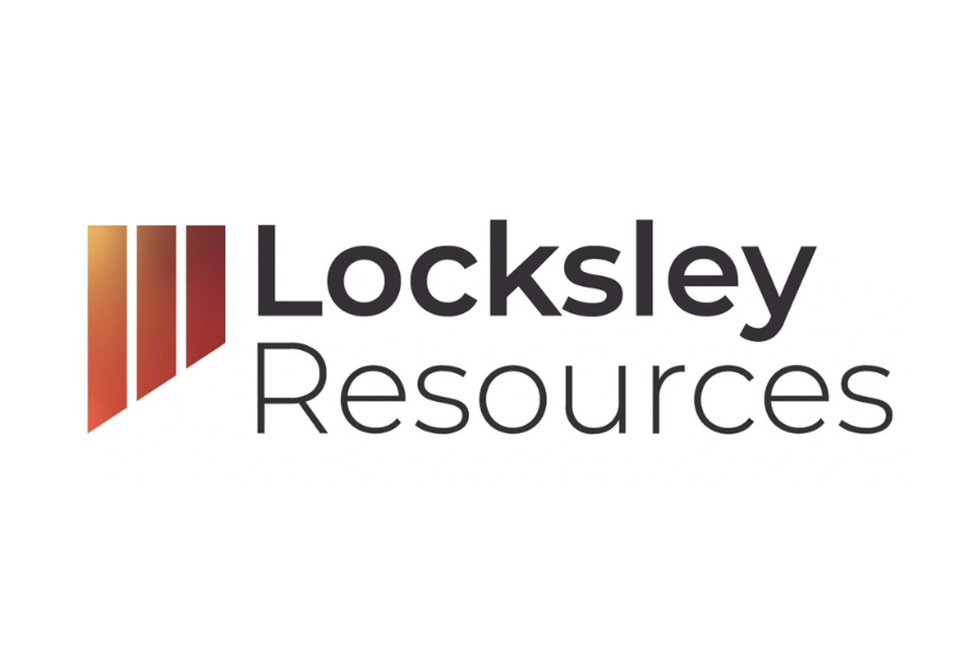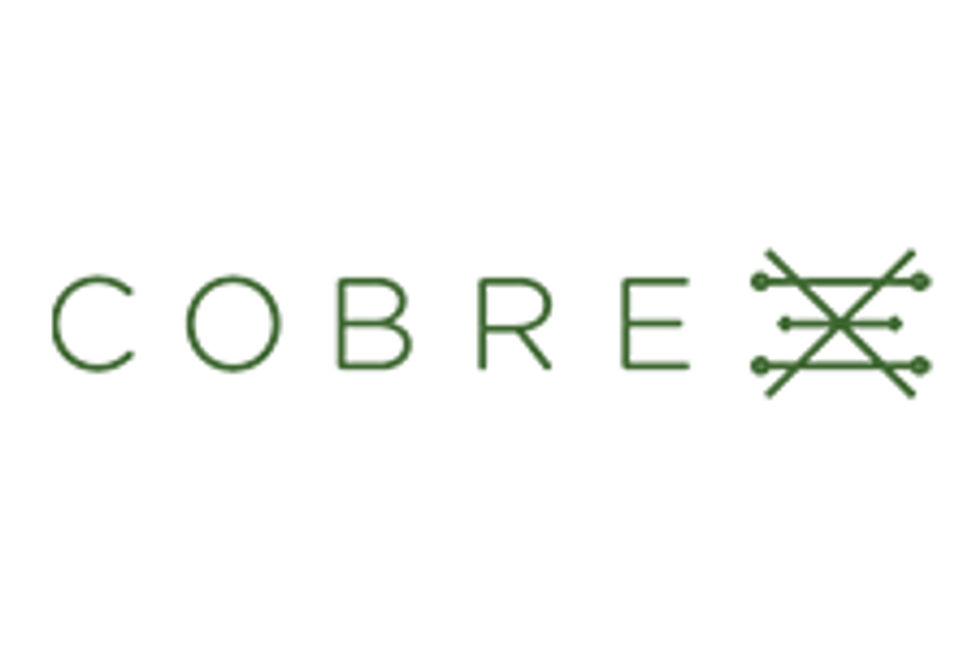Fireweed Drills 100 m of 7.94 Percent Zinc from Surface at Boundary including 6.4 m of 42.49 Percent Zinc Within 230 m of 4.14 Percent Zinc

Fireweed Zinc Ltd. is pleased to announce the last results from the 2019 drilling at the Macmillan Pass Project in Yukon, Canada.
Fireweed Zinc Ltd. (“Fireweed”) (TSXV:FWZ) is pleased to announce the last results from the 2019 drilling at the Macmillan Pass Project in Yukon, Canada. These results are from the Boundary Zone located 15 road kilometres west of the Jason Deposit (see Figure 1).
Highlights
- This final 2019 drill hole at the Boundary Zone intersected 4.14% Zinc over a true width of 230 metres with a near surface higher grade section of 7.94% Zinc over a true width of 100 metres and high grade subintervals including 42.49% Zinc over 6.4 metres and local very high grade sections including >60% Zinc1 over 0.6 metres. The zone remains open to depth and along strike.
- Boundary Zone has potential to be mined in a low strip open pit and to be upgraded through low cost ore sorting technology for processing.
- The addition of Boundary Zone to the project has potential to expand current mineral resources and improve already robust current PEA economics.
Table 1: Final 2019 drill results from the Boundary Zone
CEO Statement
Brandon Macdonald, CEO, stated “These results are a great way to finish the 2019 drilling at Macmillan Pass. I had previously stated that our first hole NB19-001 was the best ever drilled at Boundary and now we have eclipsed that with NB19-002. This hole is even better and clearly demonstrates zones of very high grade within a very broad interval which points to the large size and grade potential of Boundary Zone. These results, along with recent drilling success at Tom North and End Zone, have potential to meaningfully expand on our current resource. With all the data in from the summer program, we will now fully evaluate the results and consider the best path forward to advance the project. Clearly we have some potential levers to improve economics after our excellent results from the 2018 and 2019 campaigns.”
Boundary Zone Potential
No mineral resource has been estimated for Boundary Zone yet and the zone is not included in the current mineral resource estimate for the property (described in Fireweed news release dated January 10, 2018). Boundary Zone has potential to be mined in an open pit with a low strip ratio and to be upgraded through low cost, pre‑concentration ore sorting processes (see below). Recent drill results at Boundary Zone along with Tom North Zone and End Zone (see Fireweed news releases dated September 10, 2019, and November 15 and 29, 2018) represent potential for expansion of the large current mineral resources and improvement of Macmillan Pass project economics described in the current Preliminary Economic Assessment (PEA) (see Fireweed news release dated May 23, 2018).
Boundary Zone Background
Historic drilling of 24 holes at Boundary Zone indicates the presence of a large bulk tonnage zone of zinc (-lead-silver) mineralization potentially suitable for open pit mining. Known mineralization is spread over an area almost two kilometres long and 200 to 800 metres wide. Mineralization drilled in a central area is 350 metres long and has a true thickness of up to 250 metres with historic drilling grades averaging 2.0 ‑ 2.5% zinc4 that include multiple higher grade intervals closer to surface similar to the hole reported in this news release (see Figures 2 & 3, Tables 1 & 2 and Fireweed news release dated November 6, 2018). Higher grades near surface are favourable for potential open pit mining economics. The zone has been drilled up to 285 metres down dip and remains open to depth and along trend for further exploration. Boundary Zone mineralization consists of sphalerite-siderite-pyrite and minor galena in veins, stockworks, disseminations, and as replacement of matrix and clasts within coarse clastic rocks.
The 2019 Boundary drill program was designed to infill a gap in historic drilling (see Figure 2) and obtain a bulk sample for larger commercial-scale ore sorting and metallurgical test work. Drill hole NB19‑002, reported in this release, was collared 45 metres from a historic hole to obtain adequate comparable material for the test work. On October 16, 2019, Fireweed reported results from Boundary Zone drill hole NB19‑001 in which true widths were reported as pending. With results from this news release and additional interpretation, updated and revised estimated true widths for drill hole NB19-001 have now been included in Table 3. Note that NB19-001 and NB19-002 were collared in mineralization, so these holes did not intersect the entire zone, and the true width of Boundary Zone may be greater than the intersections reported in this release.
Boundary Zone Ore Sorting Tests
Initial ore sorting test results for Boundary Zone indicate mineralization is potentially amendable to low cost state-of-the-art X-Ray Fluorescence (“XRF”) ore sorting technology (see Fireweed news release dated July 31, 2019). These test results rejected 50-70% of the waste material (30-50% mass pull), while recovering 80-85% of the zinc. In practical terms, these results show potential to upgrade mill feed from the test feed grade of 2.5% zinc to approximately 5% zinc with recovery of 80-85% of the zinc at low cost. Core collected from the two 2019 Boundary holes will be used to carry out commercial-scale ore sorting tests and metallurgical tests. If the tests confirm the preliminary ore sorting results, the Boundary Zone has the potential to significantly improve the PEA economics of the Macmillan Pass Project.
2019 Drill Program
The 2019 drill program is complete and with this news release, all 2019 drill results have now been reported. A total of 16 diamond drill holes were drilled for a total of 2,357 metres with the successful goals of expanding and upgrading known zones of mineralization at Boundary, Tom West and Tom East, as well as testing new exploration targets such as Tom North. Summary descriptions of drill hole collar data, field results and observations are provided in Tables 4 and 5.
Access Road Update
Access to the project site is via Yukon Highway 6 (aka the North Canol Road) and an airstrip on the property. As described in the PEA study (see Fireweed news release May 23, 2018 and PEA report filed on www.sedar.com), any future mining operation will require upgrading of the road to accommodate more traffic. Fireweed is pleased to report that during the past summer the Yukon Department of Highways and Public Works carried out additional work on the road which included replacement of three more bridges and various road repairs. Three additional new prefabricated bridges have also been delivered to the start of the road and are available for installation next year. The continuing active support of the Yukon government on the Macmillan Pass Project is but one indication of why Yukon is a top 10 mining investment jurisdiction in the world as designated by the Fraser Institute.
Notes on sampling and assaying:
The drill core logging and sampling program was carried out under a rigorous quality assurance / quality control program using industry best practices. Drill intersections in this release are all HQ3 (split tube) size core (61.1 mm / 2.4-inch diameter) with recoveries typically above 85%. After drilling, core was logged for geology, structure and geotechnical characteristics, marked for sampling, and photographed on site. The cores for analyses were marked for sampling based on geological intervals with individual samples 1.5 metres or less in length. Drill core from the Boundary Zone was cut lengthwise into quarters with a core saw; a quarter-core was sent for assays reported in this news release, two quarter core samples were collected for ore sorting and metallurgical test work, and the fourth quarter is stored on site for reference. A total of 5% assay standards or blanks and 5% core duplicates are included in the sample stream as a quality control measure and reviewed, after analyses are received. Standards and blanks in 2019 drill results to date have been approved as acceptable. Duplicate data add to the long-term estimates of precision for assay data on the project and precision for drill results reported is deemed to be within acceptable levels. Samples were sent to the Bureau Veritas preparation laboratory in Whitehorse, Yukon, where the samples were crushed and a 500 g split was pulverized to 85% passing 200 mesh size pulps. Clean crush material was passed through the crusher and clean silica was pulverized between each sample. The pulps were then sent to the Bureau Veritas laboratory in Vancouver, B.C. and analyzed by 1:1:1 Aqua Regia digestion followed by Inductively Coupled Plasma Mass Spectrometry (ICP-ES/ICP-MS) multi-element analyses (BV Code AQ270). All samples were also analyzed for multiple elements by lithium borate fusion and X‑ray fluorescence analysis (XRF) finish (BV Code LF725). Over-limit Pb (>25.0%) and Zn (>20.0%) were analyzed by lithium borate fusion with XRF finish (BV Code LF726). A subset of four high grade Zn (>45%) samples have been re-analysed by titration assay (BV Code GC816) and all samples over 40% Zn have been re-analysed by lithium borate fusion with XRF finish (BV Code LF726) to confirm the very high values. Silver is reported in this news release by method AQ270, and zinc and lead are reported by LF725 or LF726. Bureau Veritas (Vancouver) is an independent, international ISO/IEC 17025:2005 accredited laboratory.
Qualified Person Statement
Technical information in this news release has been approved by Gilles Dessureau, P.Geo, Vice President Exploration and a ‘Qualified Person’ as defined under Canadian National Instrument 43‑101.
About Fireweed Zinc Ltd. (TSXV: FWZ): Fireweed Zinc is a public mineral exploration company focused on zinc and managed by a veteran team of mining industry professionals. The Company is advancing its district-scale 544 km2 Macmillan Pass Project in Yukon, Canada, which is host to the 100% owned Tom and Jason zinc-lead-silver deposits with current Mineral Resources and a PEA economic study (see Fireweed news releases dated January 10, 2018, and May 23, 2018, respectively, and reports filed on www.sedar.com for details) as well as the Boundary Zone, Tom North Zone and End Zone which have significant zinc-lead-silver mineralization drilled but not yet classified as mineral resources. The project also includes option agreements on large blocks of adjacent claims (MAC, MC, MP, Jerry, BR and NS) which cover exploration targets in the district where previous and recent work identified zinc, lead and silver prospects, and geophysical and geochemical anomalies in prospective host geology.
Additional information about Fireweed Zinc and its Macmillan Pass Zinc Project including maps and drill sections can be found on the Company’s website at www.FireweedZinc.com and at www.sedar.com.
ON BEHALF OF FIREWEED ZINC LTD.
“Brandon Macdonald”
CEO & Director
Neither the TSX Venture Exchange nor its Regulation Services Provider (as that term is defined in the policies of the TSX Venture Exchange) accepts responsibility for the adequacy or accuracy of this release.
Cautionary Statements
This news release may contain “forward-looking” statements and information relating to the Company and the Macmillan Pass Project that are based on the beliefs of Company management, as well as assumptions made by and information currently available to Company management. Such statements reflect the current risks, uncertainties and assumptions related to certain factors including but not limited to, without limitations, exploration and development risks, expenditure and financing requirements, general economic conditions, changes in financial markets, the ability to properly and efficiently staff the Company’s operations, the sufficiency of working capital and funding for continued operations, title matters, First Nations relations, operating hazards, political and economic factors, competitive factors, metal prices, relationships with vendors and strategic partners, governmental regulations and oversight, permitting, seasonality and weather, technological change, industry practices, and one-time events. Additional risks are set out in the Company’s prospectus dated May 9, 2017, and filed under the Company’s profile on SEDAR at www.sedar.com. Should any one or more risks or uncertainties materialize or change, or should any underlying assumptions prove incorrect, actual results and forward-looking statements may vary materially from those described herein. The Company does not undertake to update forward‐looking statements or forward‐looking information, except as required by law.
Footnotes:
- The sample for drill hole NB19-002 interval 145.65-146.53 metres was reported as >60% Zn by the laboratory who are working on carrying out a special titration assay in order to report a final value which was not yet available at the time this news release was issued. A value of 60% Zn was used for purposes of related interval calculations in Tables 1 and 2.
- The average bulk density of the mineralized rock in NB19-002 is 3.06 t/m3.
- Estimation of true widths of intervals in Tables 1, 2 and 3 is based on preliminary geological interpretation of historic and new drilling data. Mineralization overall at Boundary Zone appears to follow lithological units which have a consistent ESE-WNW orientation with a moderate northerly dip. However, high grade veins are oriented ESE-WNW with steep northerly dips which were used to estimate the individual true widths (see Figure 3).
- Historic results for the Boundary Zone reported in this news release are taken from historic reports prepared by previous operators. Neither the Company or the Qualified Person has done sufficient work to verify these results and therefore these results should not be relied upon. The Company is including them for information purposes to explain the basis for the exploration target and reasons for drilling.
TABLE 2: BOUNDARY ZONE DRILL HOLE NB19-002 DETAILED RESULTS
TABLE 3: BOUNDARY ZONE DRILL HOLE NB19-001 RESULTS
WITH ESTIMATED TRUE WIDTHS
Results originally published in Fireweed news release dated October 16, 2019 without most estimated true widths. Added and revised estimated true widths in this table are based on additional interpretation in conjunction with new drill hole NB19-002 data reported in this news release.
TABLE 4: 2019 DRILL HOLE COLLAR DATA
TABLE 5: 2019 DRILL HOLE RESULTS AND OBSERVATIONS
Photos accompanying this announcement are available at:
https://www.globenewswire.com/NewsRoom/AttachmentNg/2b094ffb-2a91-4aa9-a6db-5aa987534e48
https://www.globenewswire.com/NewsRoom/AttachmentNg/341131fb-59d8-4da0-a83d-f9ba078c00fe
https://www.globenewswire.com/NewsRoom/AttachmentNg/6ba18764-9d9d-410a-85b7-64befa42226a
Click here to connect with Fireweed Zinc Ltd. (TSXV:FWZ) for an Investor Presentation.
